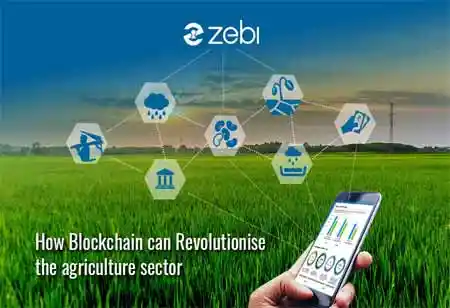Thank you for Subscribing to Agri Business Review Weekly Brief
How Robotic Applications Helps Farmers Reap Benefits
Robotics and mapping are combined in autonomous precision seeding. A map depicts the soil properties at each location in the field.

By
Agri Business Review | Friday, June 18, 2021
Stay ahead of the industry with exclusive feature stories on the top companies, expert insights and the latest news delivered straight to your inbox. Subscribe today.
Robotics and mapping are combined in autonomous precision seeding. A map depicts the soil properties at each location in the field.
Fremont, CA: As one of a country's key sectors, the agricultural sector is encouraging the hi-tech industry to introduce various modern applications through major disruptive technologies that combine robotics and artificial intelligence. As a result, farmers are reaping the benefits of the following robotics applications in the global agricultural sector to increase revenue and accelerate the productivity of various high-quality crops using multiple types of robots.
Top Agricultural Robotics Applications Around the World
Nursery Planting: Nursery plants are sold to consumers and gardeners, but they are also the starting point for some crops' food journey. Automation solutions for seeding, potting, and warehousing living plants in greenhouses are provided by technology companies.
Crop Seeding: Robotics and mapping are combined in autonomous precision seeding. A map depicts the soil properties at each location in the field. The tractor, equipped with a robotic seeding attachment, then places the seeds at precise locations and depths to ensure that they have the best chance of growing.
Crop Monitoring and Analysis: New sensor and mapping technologies enable farmers to obtain more information about their crops. Ground robots can collect this information autonomously.
Irrigation and fertilization: Robot-Assisted Precision Irrigation can reduce water waste targeting specific plants. Ground robots navigate between rows of crops, directing water to the base of each plant. Robots have an additional advantage in that they can access areas that other machines cannot.
Crop Weeding and Spraying: Micro-spraying has the potential to reduce the amount of herbicide used in crop production significantly. Micro-spraying robots detect weeds using computer vision technology and then spray a targeted drop of herbicide onto them.





